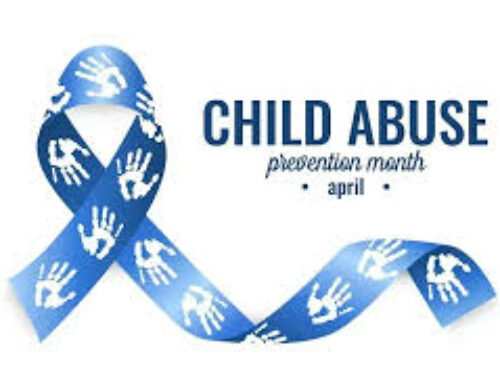Published in the June 10-23, 2015 issue of Morgan Hill Life
By Nicole Conragan

Nicole Conragan
When he was 29 Eric Gladen scratched his head on a rusty nail and went to his doctor for a tetanus shot. He woke the next morning a different person. He started to exhibit strange symptoms and behavior. Noises were too loud. He couldn’t sleep. His vision changed. His mind became frantic. Gladen thought he was going crazy. Doctors couldn’t figure out why. Then he traced it back to the tetanus vaccine which contained the mercury derivative thimerosal. His journey through poisoning led him to search for the cause of his illness.
The documentary “Trace Amounts” was made about Gladen’s quest for the truth about the link between autism and vaccines. A group of South Valley families will host a free event to present the film.
The documentary features renowned scientists, professors and researchers, as well as retired Congressman Dan Burton, an outspoken critic of thimerosal use. Renowned environmentalist Robert F. Kennedy Jr. is also a voice for change in the film. He was interviewed on the TV show “Real Time with Bill Maher.”
Before the late 1980s, autism was virtually unknown. The incidence had been 1 in 10,000 since the 1930s, and remained that way through five decades. According to the Centers for Disease Control, the autism rate was 1 in 150 in the year 2000, and 1 in 68 by 2010. Autism is a complex disorder of brain development characterized in varying degrees by difficulty in social interaction, verbal and non-verbal communication, repetitive behaviors and a host of other symptoms. There are many categories of autism, and their direct causes are not entirely known.

So, why are some affected and others spared? The film outlines the genetic tendency for a missing co-enzyme that helps clear the toxin out of the system. It also mentions that testosterone increases the toxic effect of mercury, which is why males seem to be more sensitive than females. Another surprise in the movie showed that the presence of aluminum vastly increased the toxicity of mercury, and aluminum is a common ingredient in vaccines.
A vaccine is where Eric Gladen’s odyssey began. The film does an excellent job helping the viewer see the issue through his eyes. It also accounts for the CDC’s alarmingly inconsistent message about the link between thimerosal and autism, or the autism-like symptoms of mercury poisoning.
“Trace Amounts” is an emotional, sometimes disturbing, but ultimately inspirational film. It is a moving cry for change in the vaccine manufacturing process and a wake-up call to anyone receiving a vaccine or other medication to review the ingredients and insist on thimerosal-free products.
Nicole Conragan is a chiropractor in the South Valley.
Editor’s note: The Centers for Disease Control and Prevention, the Autism Science Foundation, the American Academy of Pediatrics and the Institute of Medicine say no evidence supports a link between thimerosal and any brain disorders, including autism.
DETAILS
What: ‘Trace Amounts’ When: 5 and 8 p.m. (Reception from 6:30 to 8 p.m.) June 16
Where: Granada Theater






